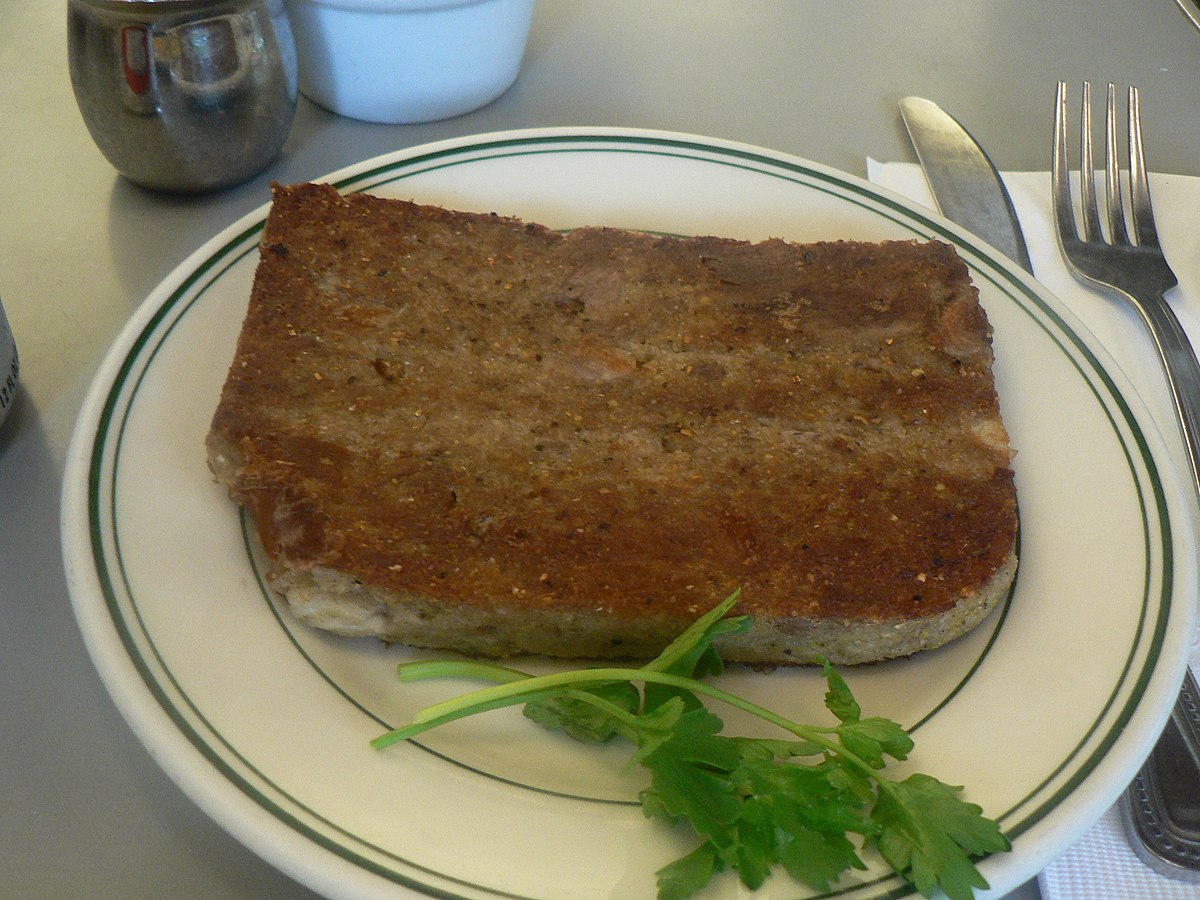This is an original recipe recipe on the roman age, if you fancy archaeo-cooking:
LIVER WITH FIGS
Ingredients for 4 people:
400 g of liver;
2 onions;
6 figs;
4 tablespoons white wine vinegar;
4 tablespoons of anchovy paste
1 glass of marsala fortified wine
Flour
2 tablespoons extra virgin olive oil;
butter (Optional, I prefer not)
Salt;
Pepper.
Preparation:
Slice the onion and cook with the oil and butter. Wither for 5 minutes, then add the chopped figs and cook for another 10 minutes over medium heat, adding the vinegar and fish sauce. Then add the liver cut into strips and floured, blend with the marsala and cook for another 5 minutes. The liver should not cook too much, otherwise it gets hard. Season and pepper.
I suggest a modification: instead of cooking raw liver slices, cut the slices and pour them in hot water a few seconds, half a minute, just to make them a bit hard in the surface.
Pork or beef liver, beef is a bit more delicate, pork is cheaper and a bit rough in the taste, but good all the same.
I tried it a couple of times, taste is a bit different from what we are accustomed today,.
The magazine reported it dated to the bizantine age, immediately after the fall of the western empire (476), but is surely previous.
The mixture of sweet taste with meat and vegetables was common in the past.
Figs, fresh or dried in winter time, were a very popular food in ancient times, as legumes were, like lentils, chick peas, beans, very common in all the mediterranean area.
One thing is what rich people used to eat in banquets as you can see in movies, a different thing was what common people used to feed with in the real life.













